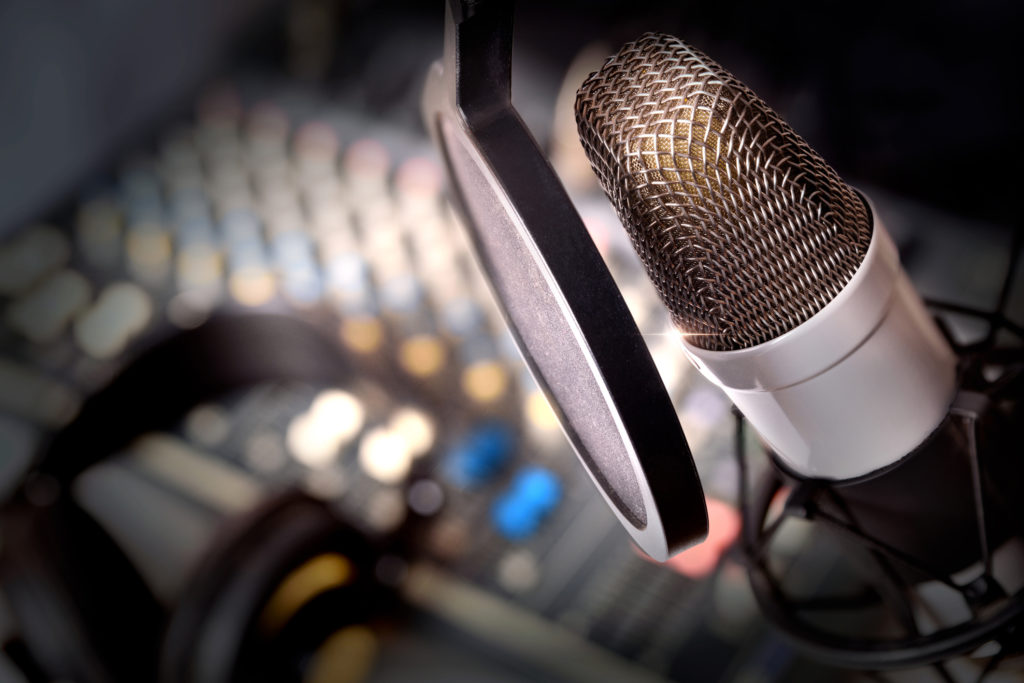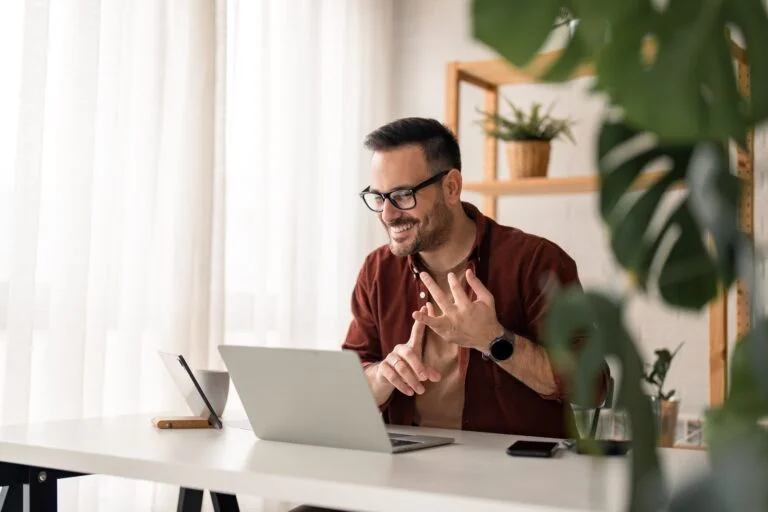You’ve been using host-read endorsements on radio for years and now you’ve applied the same model to podcast advertising. Why is this style of ads effective in audio?
The thing that makes endorsement-based ads or influencer-based ads successful [in radio and podcasting] is it’s done in a first-person style, where the host speaks in the context of, ‘I know this product, I like it, you should try it, I’ve used it, etc.’ The reason it works in podcasting is that people reach out to gather this content. It is not casual content that is there automatically when you turn on your car. It’s a truly on-demand time-shifted style of consumption of content, so people really have to engage with it. They have to seek it out, put it on their device and actively turn it on. So when you have a host of a program like that who says, ‘Hey, I’ve tried ZipRecruiter or Blue Apron,’ and they say, ‘This is what’s happened to me and I think you should try it too,’ people take it very seriously. That’s part of the reason it has done so well for our clients.
How do you match advertisers with shows? What are the main ingredients for a successful sponsorship?
We look for an alignment with the audience of the client and what is the audience of the podcast. Say the client wants to reach small- to medium-sized businesses; we look for podcasts that have the kind of content that reaches that kind of audience. That could be business podcasts, or money management, or news of the world or a certain political slant. The key is does it reach that segment of people who can use that particular product. Also, because we’ve tested this space so much and we’ve done so much, we know where the response levels are. We use that as a criteria, knowing that the audience is so large on certain podcasts that there’s an element of that consumer base that would use one of our client’s products, that historic knowledge that helps us really refine how we buy it.
How do you select hosts to do endorsements and how do you familiarize them with your clients’ products and services?
It’s always great when we go to one of our hosts in a podcast or radio and they say, ‘Oh, I love it, I do it all the time.’ If there’s an alignment with the host and the product already, that makes our job easy. The design is to have these hosts talk about it in very first-person style, like talking to your friend about a new restaurant you’d discovered. That’s really our goal. The other thing is to ensure that it’s something that they would truly use, and that the host of the program is genuinely engaged. They try samples and meet the clients. It’s very important that the personality have some use, experience, frame of reference with the product. Best option is, ‘I use it, I love it, it’s great,’ because then, the ads write themselves. That’s really the ad currency that works best for our clients, that true experience with the brand and enjoyment of it, so they can go on the air and talk about it.
Many podcast ads feature a direct response or call to action. Do you think that’s going to continue and when do you think advertisers will try out branded ads?
I think we’re right at that tipping point. We do a lot of the media codes, and we quantify what works and what doesn’t. Five years ago, when we first brought podcasting to our branded clients, like AT&T, Purina and Nestle, their concern was, there’s no scale quite yet. Those big, branded companies want reach and scale. As podcasting has become more prevalent, the scale is reaching that inflection point where you can be a branded company and you could put your ad out there and own that piece of that content, and you’re reaching, literally, hundreds of millions of people. We’re now trying to encourage our branded clients to move into this space. We know it works and we can quantify it. We’re right at the beginning of this and there is a rapid growth rate.
Can you talk about a podcast sponsorship that was particularly effective for one of your clients?
One of the great things about this style of content is there’s so many niche components to it that are just great for individual clients. We have a New York-based client, Seat Geek; it’s a way to find tickets, either available from ticket brokers or from individuals, to a sporting event, theater event, concert or music venue. A lot of it is built around sports, so we can concentrate on the sports vertical in the podcasting space. It might be soccer if they have soccer in a particular venue or season. Right now, it is football and baseball playoffs. You can hyper-focus on that.
We’ve also had clients with fitness products, like Peloton, which is a fantastic stationary bike; and so on. Some of our clients are broad spectrum, like ZipRecruiter, which is for people looking for jobs and that is an enormous universe of people. There’s a much broader set of shows you could be on there and it is the same thing with Blue Apron, a seasonal, fresh-food delivery service. In a lot of contexts, podcasting has all of these advantages to it.
Do you think that podcast advertising is most effective for a certain type of advertiser or is it more about being a digital company than a category?
I think right now it is probably better served to work for a digital company, and that’s just right now, because of the way it’s consumed via desktop or a mobile device. The connectivity is through a digital component and as that expands and you get more smart speakers in people’s homes, and listening in the car, podcasting is still going to be on-demand and non-linear. That means it’s not a 6pm or 7pm or 8pm delivery, it is whenever someone wants it. As more people are listening, then it’s going to affect the grocery stores, and the moms sitting in carpools. They’ll be listening to their favorite podcast and a branded company comes on with a new product they have that will help you handle the laundry better or whatever the situation is. Then, I believe, it will affect how people purchase things at the grocery store and at retailers and things like that. Again, we’re kind of at the cusp of that. Right now, it seems to be a more digitally based companies, because you can interact with your phone or your tablet or desktop. But we’re turning that corner pretty soon.
With an estimated 300,000 active podcasts, how does your team discover new podcasts?
We have a meeting every Monday morning about, okay, what’s new out there? We’re constantly scouring whatever trends there are. We’ve got clients with some of these pretty esoteric kinds of demographic information, like ‘a lot of people who play golf who use our products.’ So, for them, we research and reach into that vertical of golf podcasts. There aren’t a ton of them, but there’s enough out there where you can build some headway. We try and reach into different verticals, and we have podcasts from Australia and the U.K. that we advertise with. There’s no central mechanism for telling you what’s new out there, so you have to do a lot of the heavy lifting on your own.

